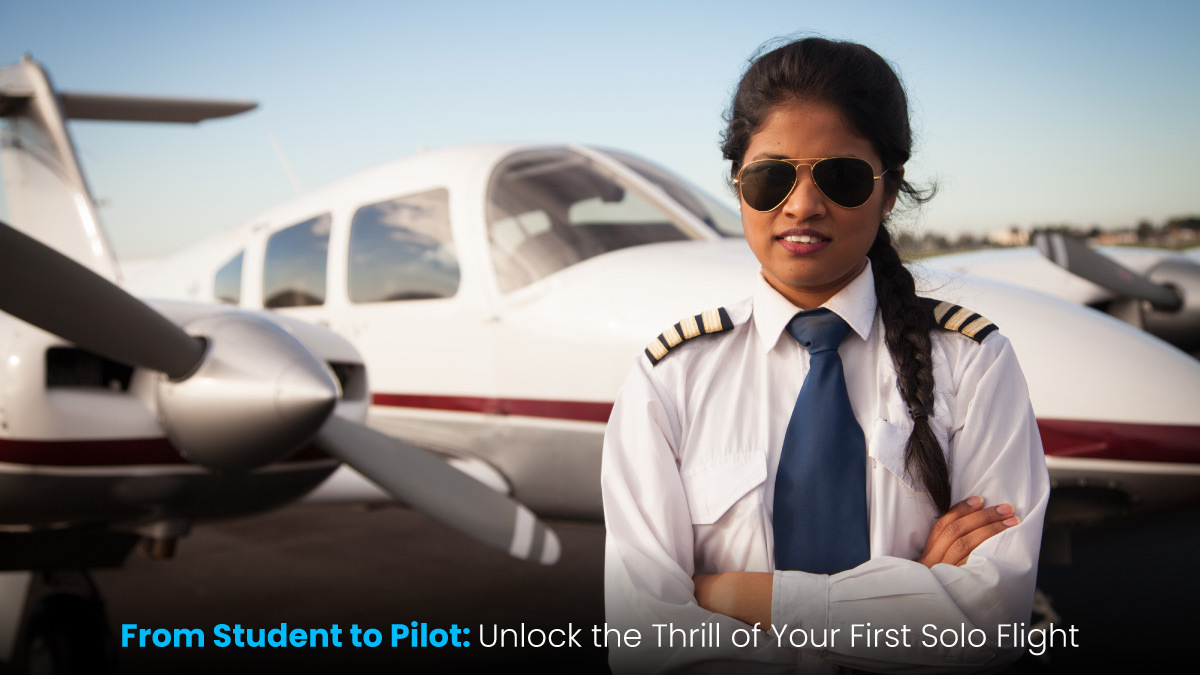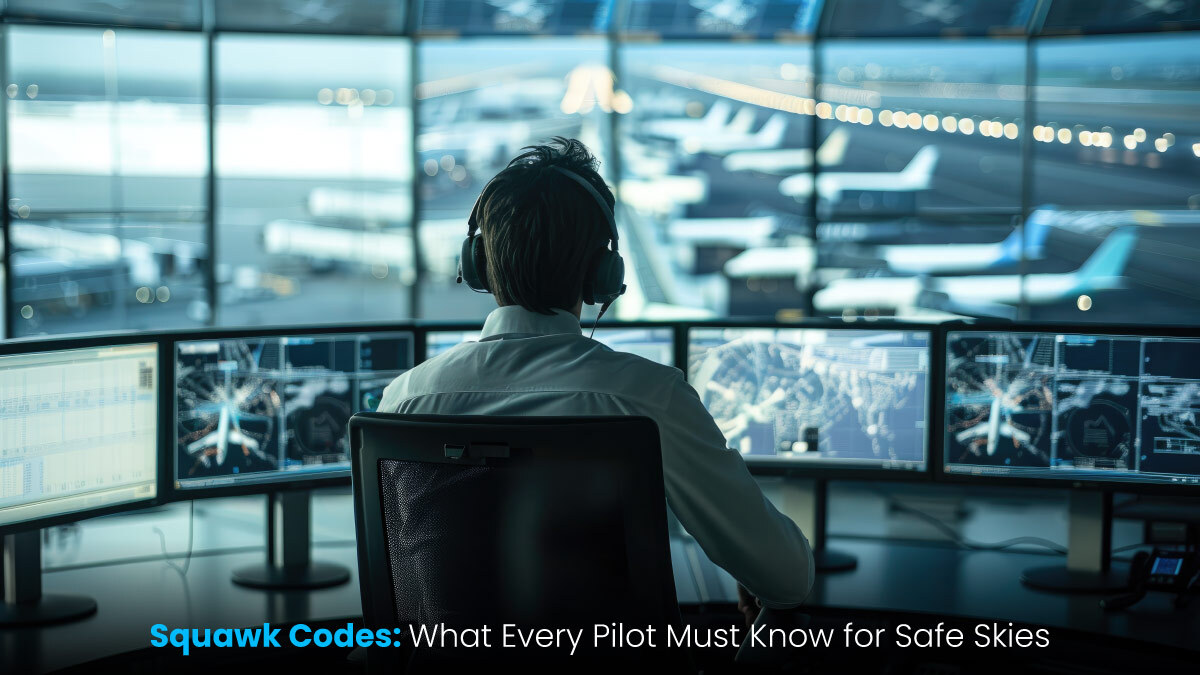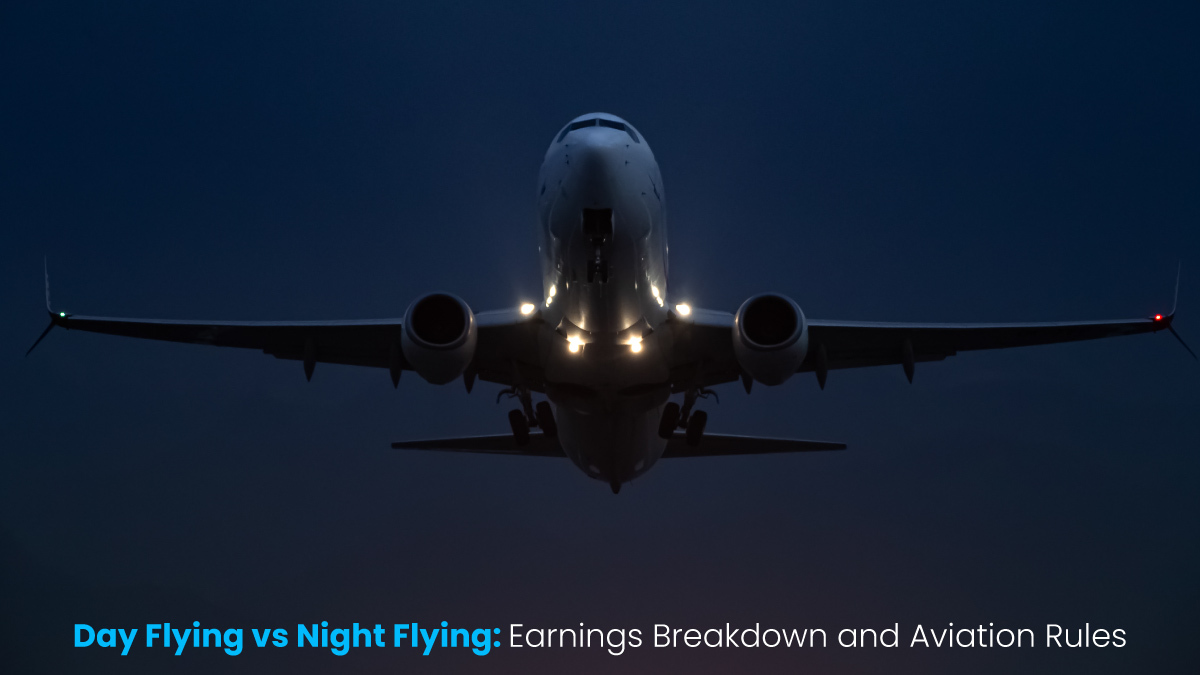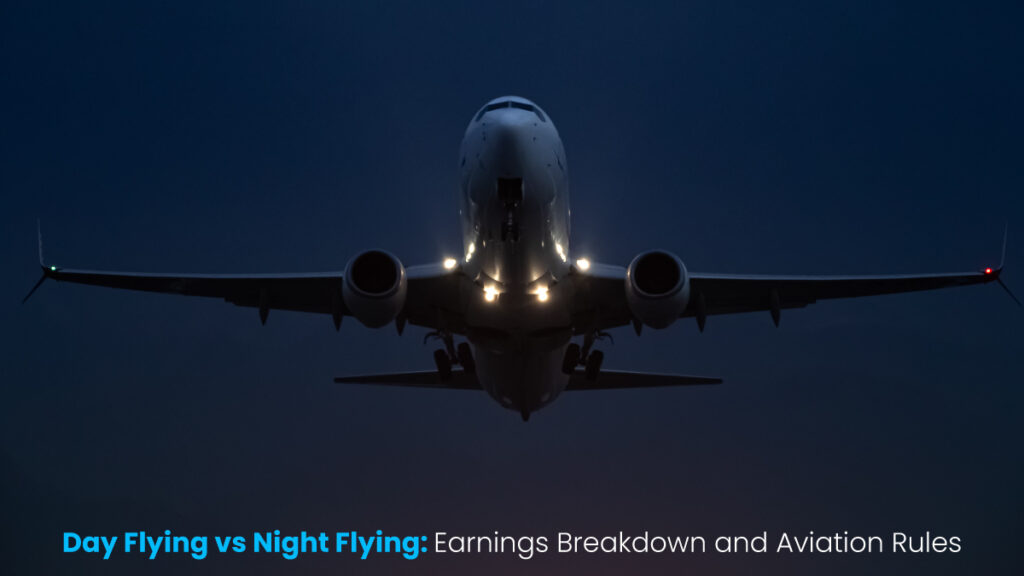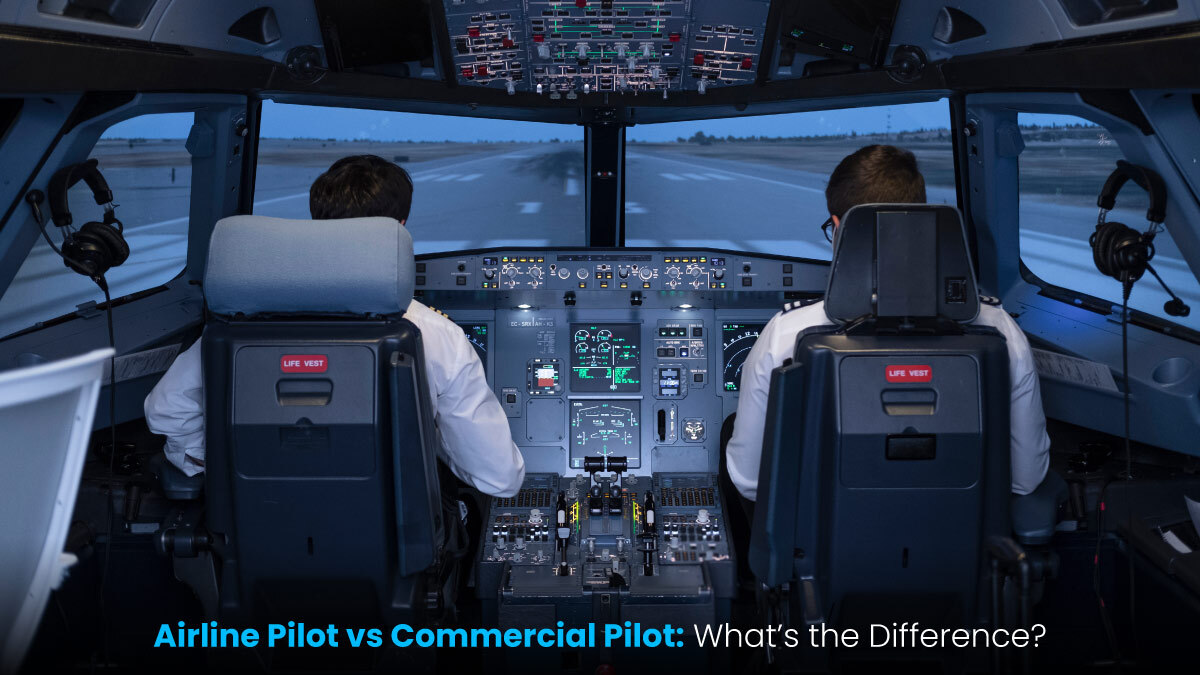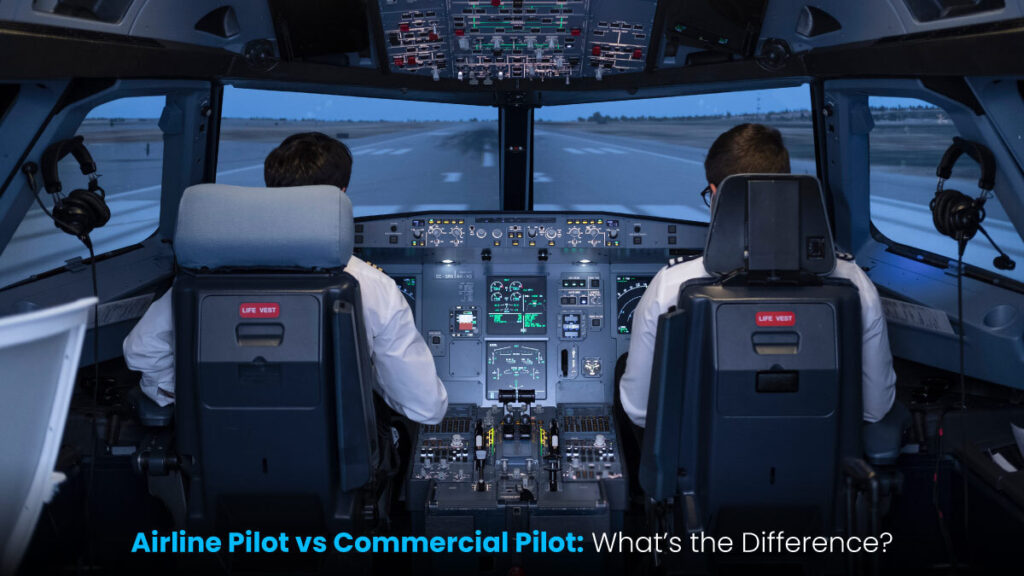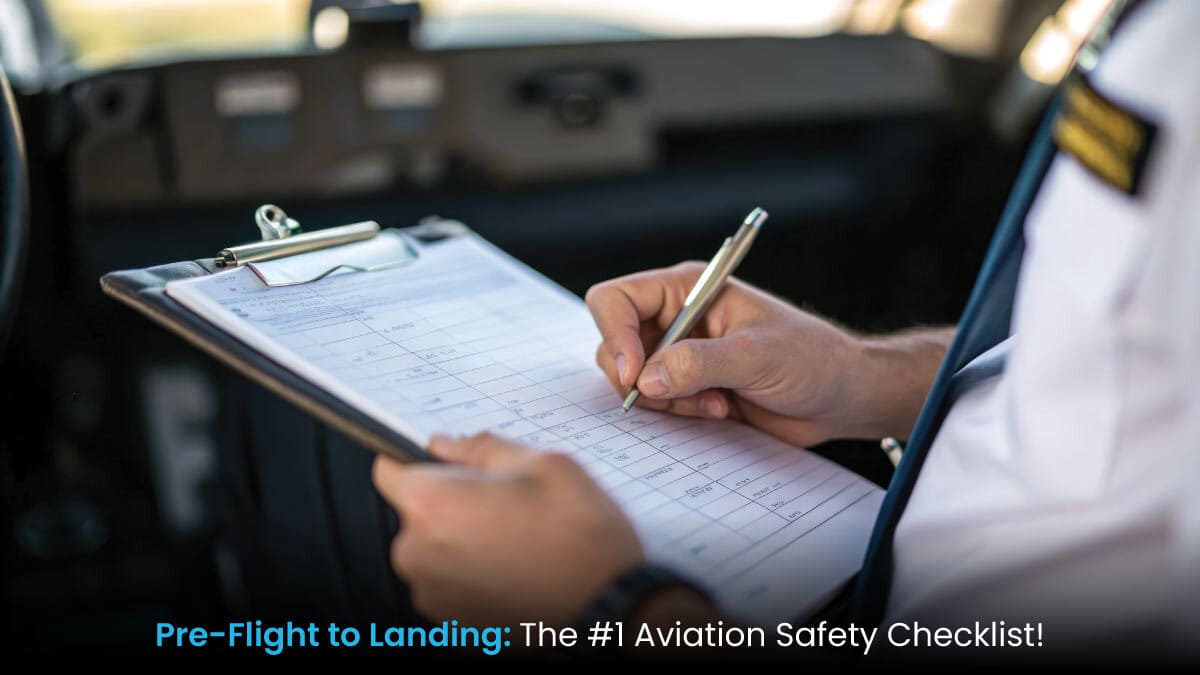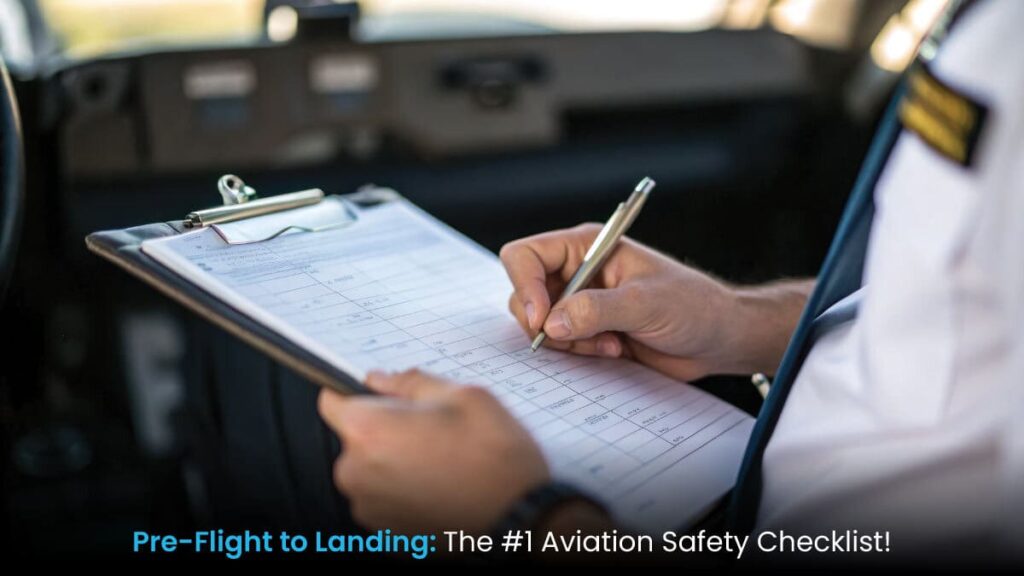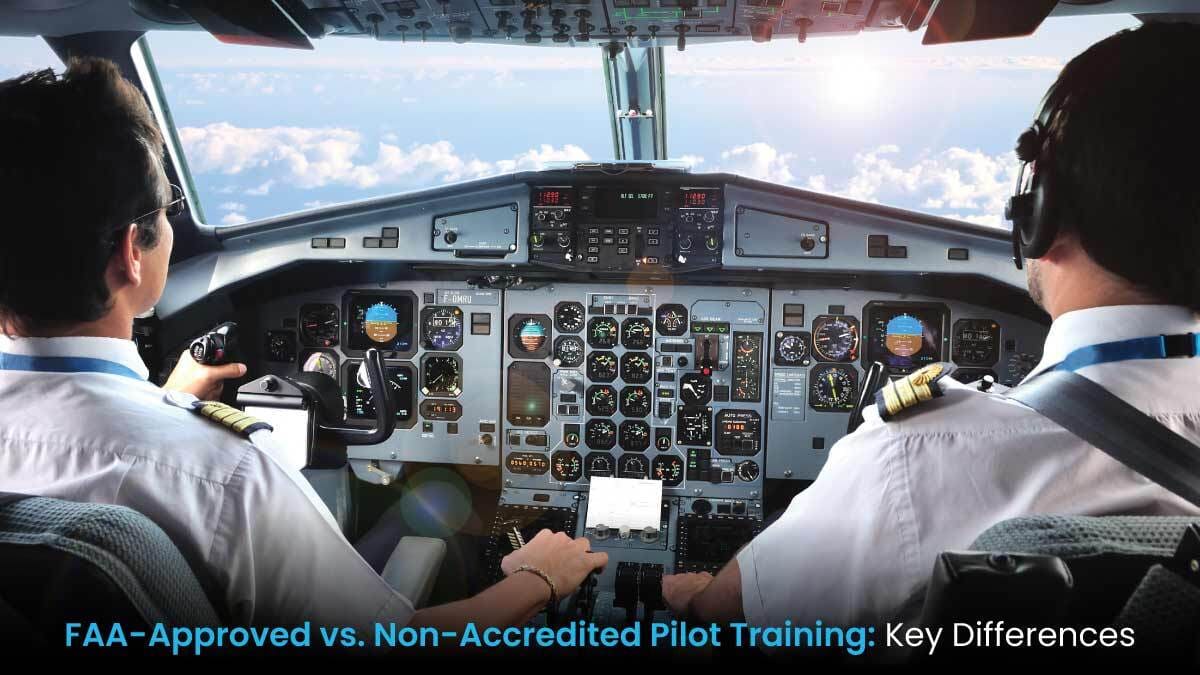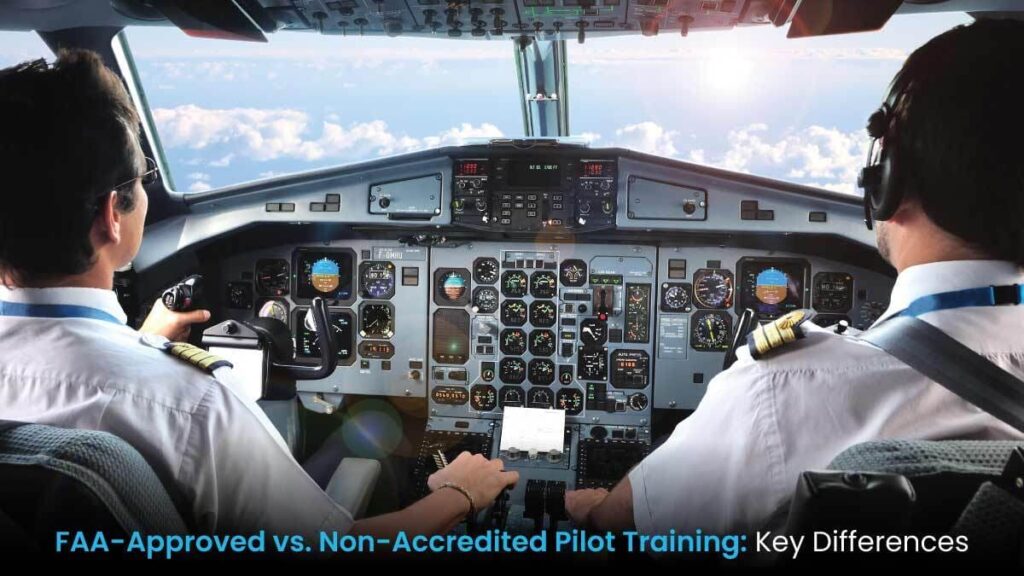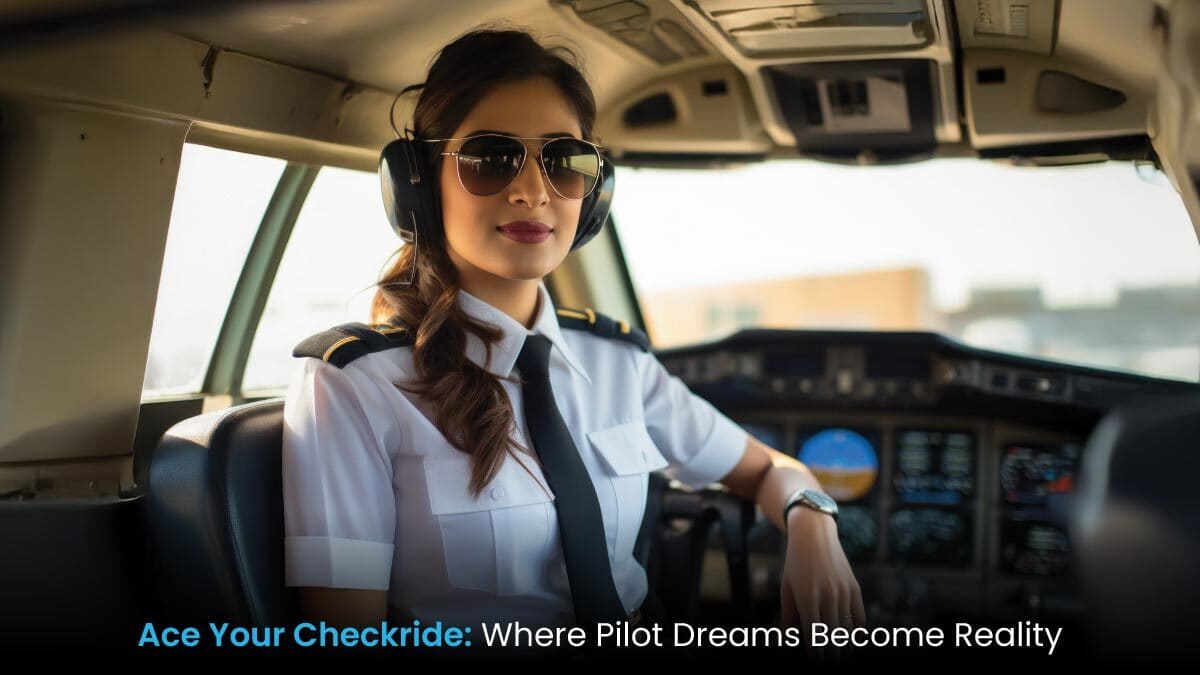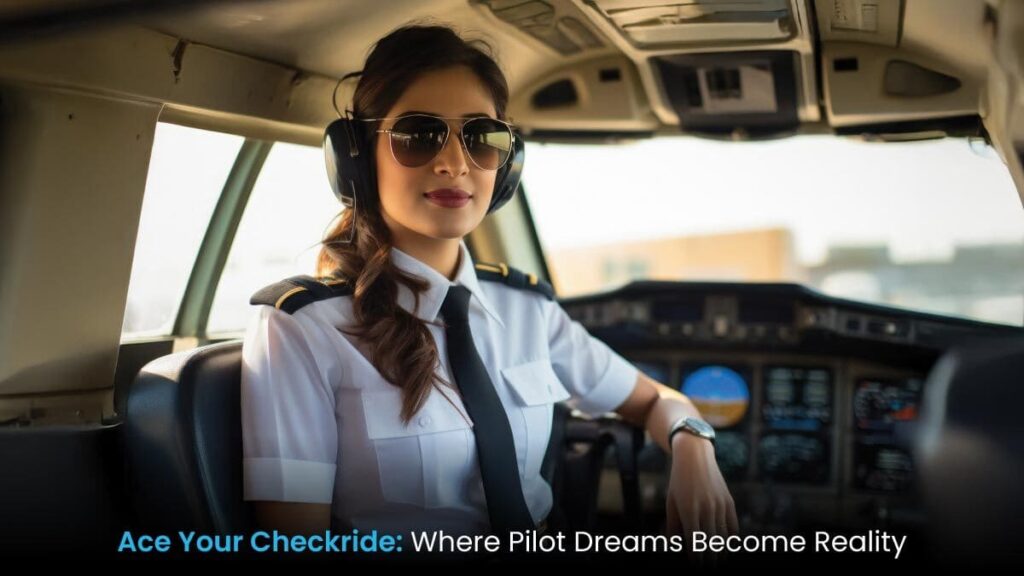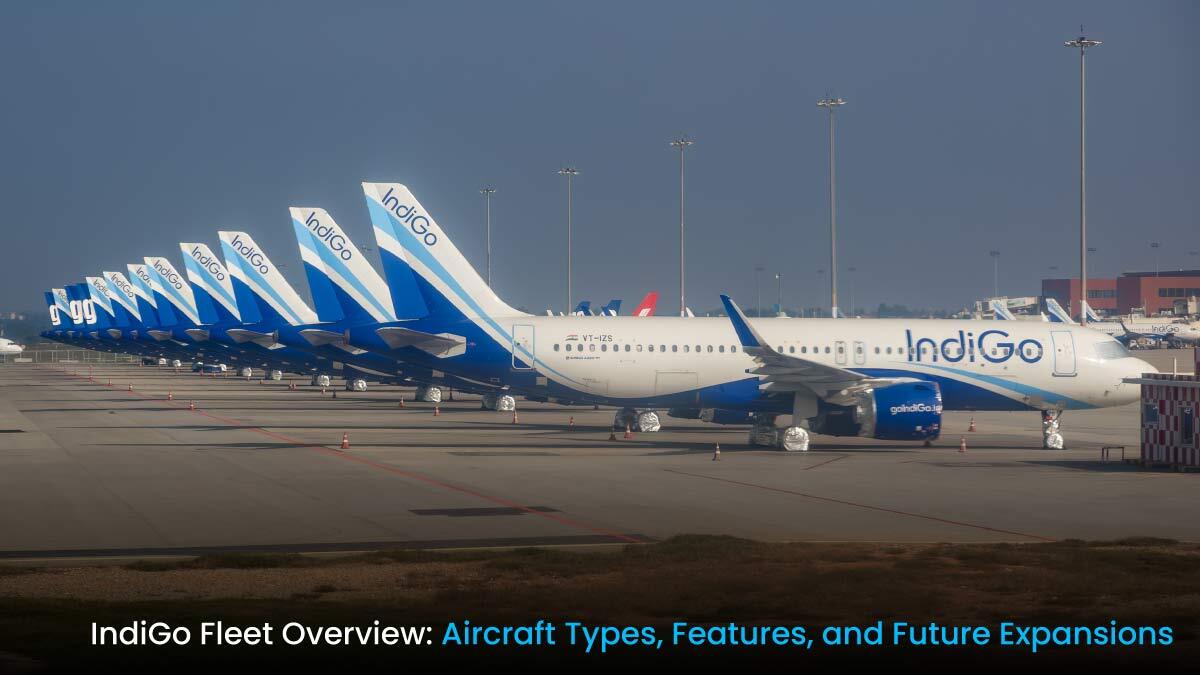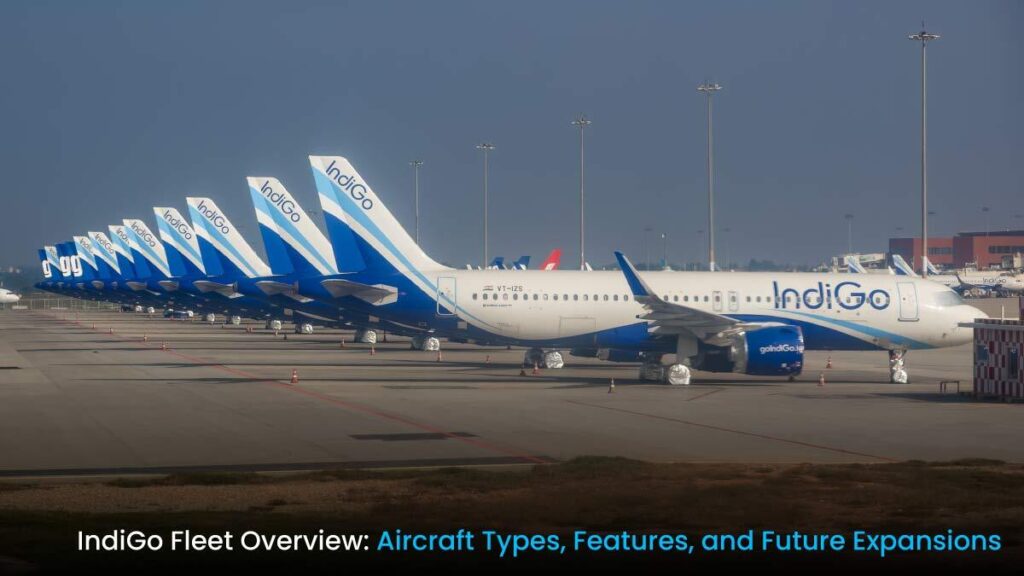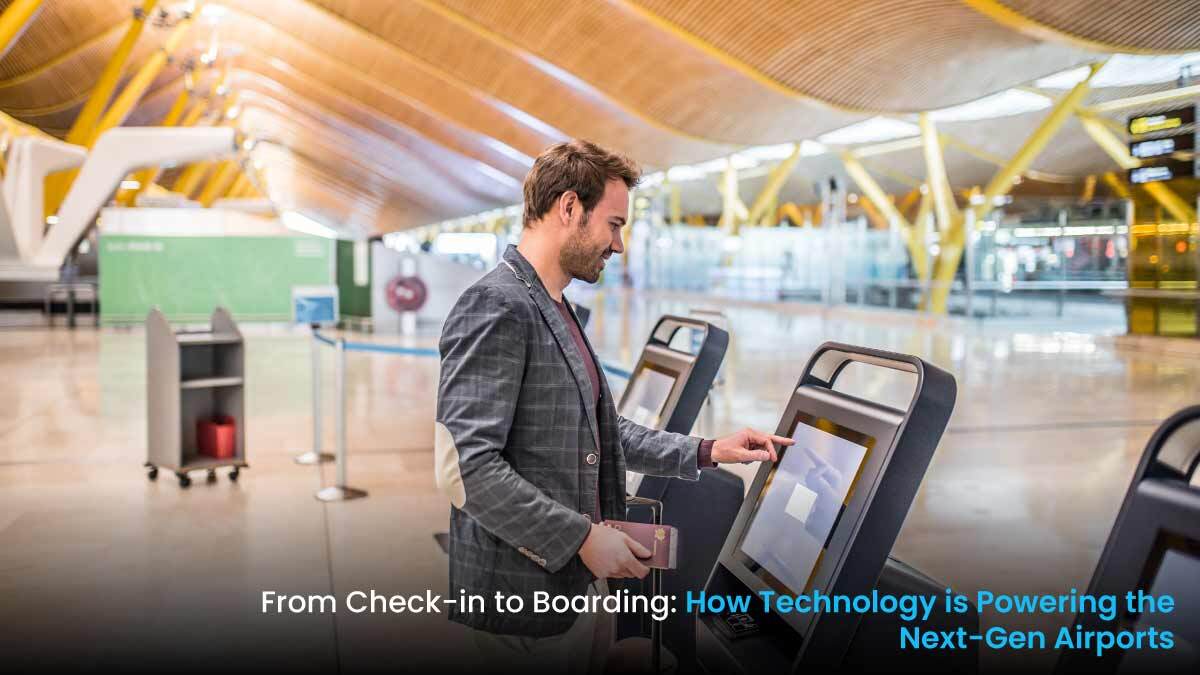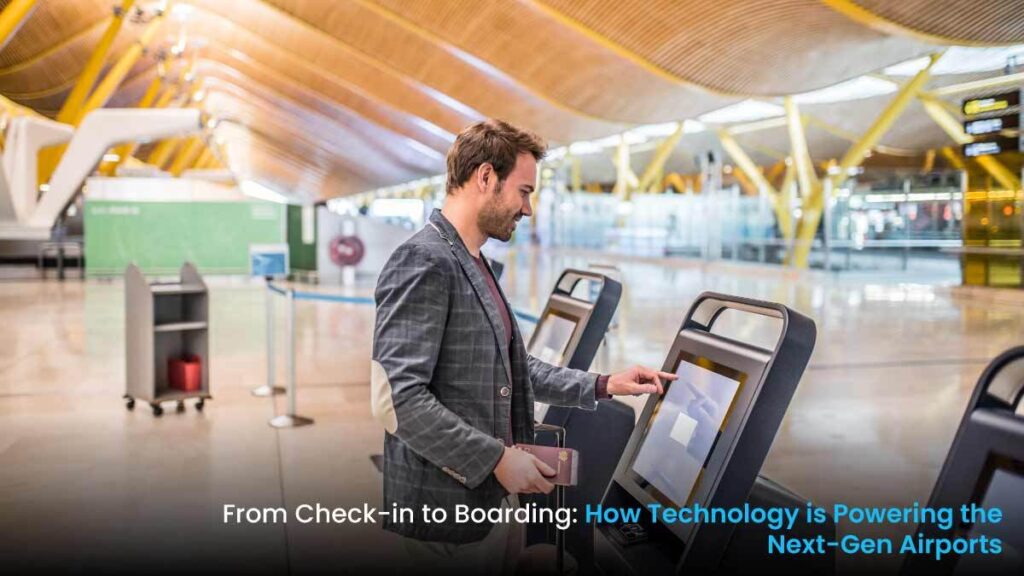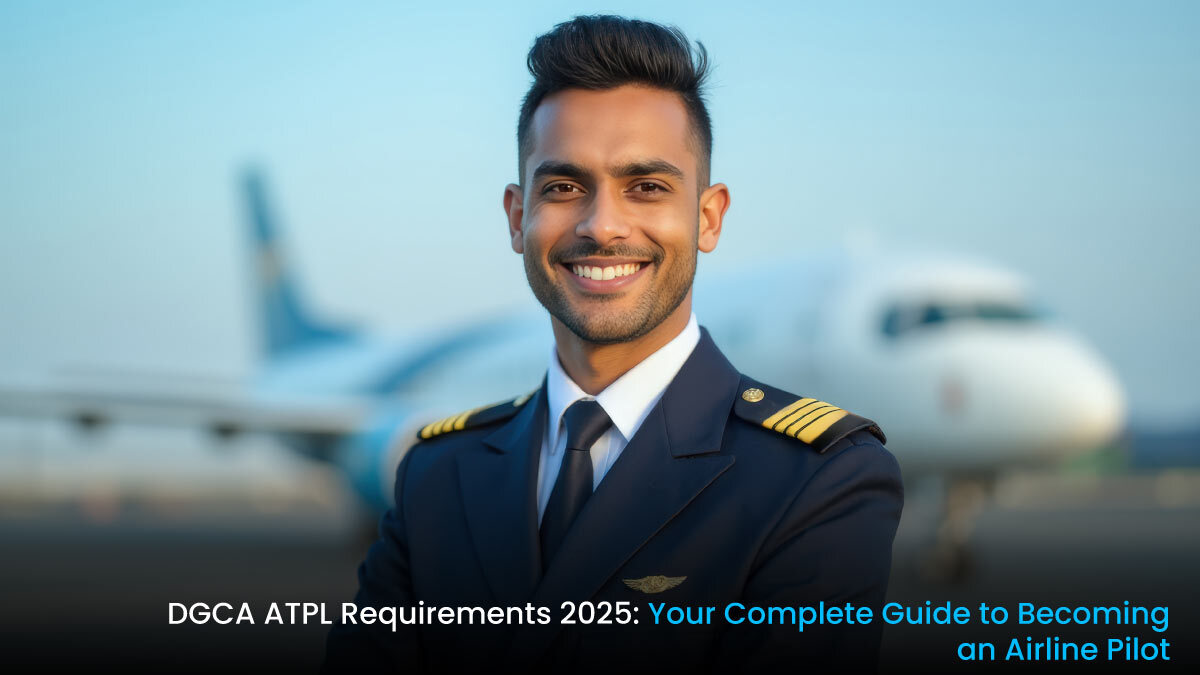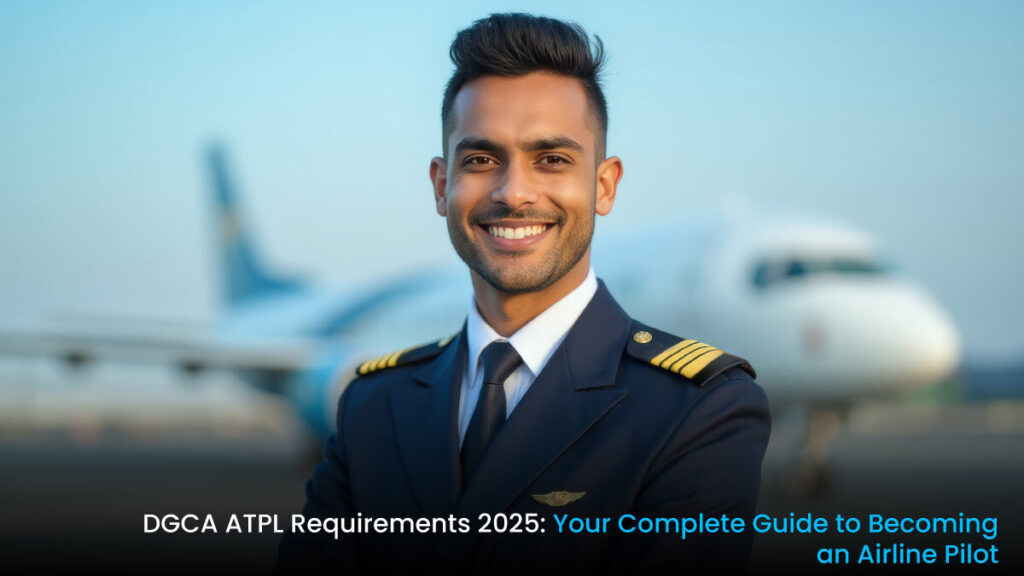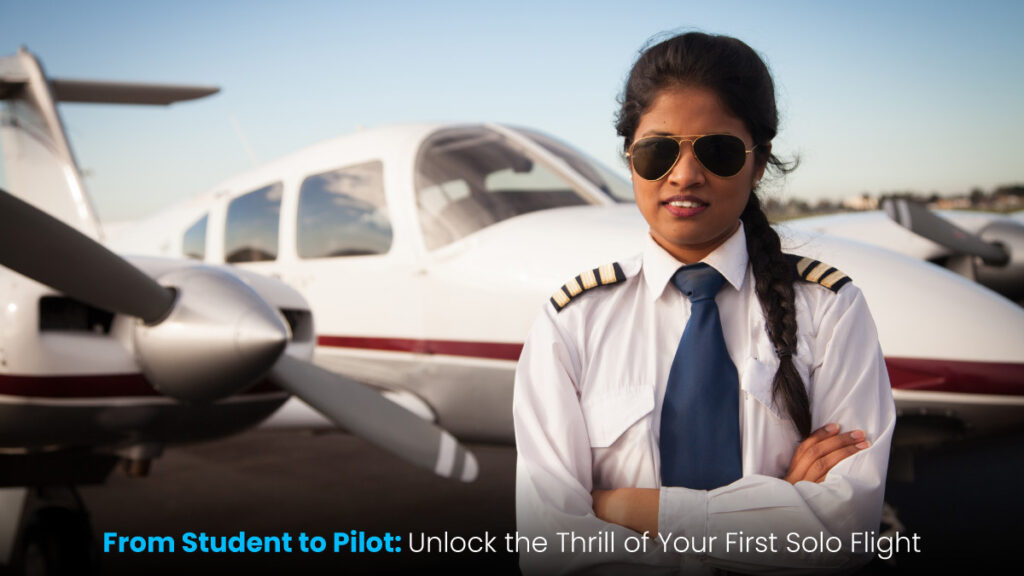
The Day You’ll Never Forget
There are few moments in life that match the mix of adrenaline, pride, and clarity that comes with your first solo flight. It’s the moment when you go from student to aviator, from trainee to trusted. As you taxi down the runway alone for the first time, the cockpit feels different—quieter, yet charged with purpose. This flight marks not just a milestone in your flight training, but a leap in confidence, independence and skill.
At Insight Aviation, we understand how monumental this day is. Our mentorship-driven approach, particularly within the IndiGo Cadet Pilot Program, ensures every cadet is prepared mentally, emotionally, and technically to take on the skies solo. We view this not just as a training achievement, but as a personal breakthrough that reflects the spirit of aviation—freedom, focus and finesse.
What is a Solo Flight?
Aviation also uses the term solo in reference to the first time a student pilot flies an aircraft by himself without the instructor’s presence. This is no symbol of change; it is a key milestone in a cadet’s development. It is the birth of your transition from guided learner to autonomous aviator.
By the time you attempt it, you’ll have demonstrated proficiency in aircraft control, navigation, and Radio Telephony. It involves executing a takeoff, flying a pre-approved circuit, and landing safely back on the same runway—all without guidance or correction from your instructor.
You’ll need to showcase independent decision-making, sharp observation, and the ability to calmly handle pressure. The first solo flight is an emphatic statement that you are ready to operate responsibly within Flight Regulations, and it’s your license to truly begin flying with intent.
Prepping for Takeoff: Training Before the Solo
Achieving your first solo flight is not an overnight journey. At Insight Aviation, cadets go through a robust training phase involving classroom theory, flight training sessions with certified instructors, and simulator exercises that mimic real-life conditions. You will spend dozens of hours refining your technique, running checklists, and understanding every nuance of your aircraft.
You’ll dive deep into aircraft systems, flight dynamics, and emergency protocols. Ground school ensures you’re fluent in aviation theory, meteorology, navigation, and Flight Regulations. Simulator drills introduce you to complex flight scenarios, such as crosswinds, turbulence, and unexpected ATC instructions, so that nothing surprises you in the air.
Simulator sessions and dual flights with instructors help you master manoeuvres, emergency procedures, and Radio Telephony skills. Instructors also guide you through key operational protocols, ensuring you’re not only competent but confident. You’ll practice takeoffs and landings repeatedly, learning how to assess wind conditions, traffic patterns, and airfield operations.
What stands out at Insight Aviation is our layered training structure. We don’t just prepare you to pass; we prepare you to handle real-world variables confidently and calmly. Your instructor won’t clear you for solo unless they’re absolutely sure you’re ready—and that trust is empowering.
The Day of the First Solo Flight
You’ll never forget the morning of your first solo flight. You may wake up with butterflies in your stomach—a mix of excitement, anticipation, and nerves. You’ve rehearsed this day in your mind a hundred times, but today, it’s real. Your instructor walks you through a final pre-flight briefing and watches as you conduct your checks.
The moment they step out of the aircraft and give you the thumbs up, everything shifts. Suddenly, the aircraft is yours alone. As you taxi to the runway, a quiet focus sets in. Your headset crackles with ATC instructions, your hands move almost instinctively through the pre-takeoff checks, and your mind replays every procedure you’ve learned.
Then you’re airborne—alone. And yet, not alone, because every hour of flight training, every simulator session, every ground school lesson is right there with you. The feeling is surreal: a mix of solitude and absolute clarity. You’ll feel the aircraft responding directly to your inputs, your instincts guiding every decision.
Touching down and taxiing back to your instructor feels like the completion of a rite of passage. It’s the kind of joy that can only be earned through discipline, determination, and an unwavering commitment to your craft.
Post-Flight: What Happens After?
After your first solo flight, your instructor will conduct a thorough debrief, reviewing what went well and noting any areas for improvement. This is a valuable feedback session, helping you reflect, learn, and grow from your solo experience. You’ll log your solo flight in your pilot logbook, a record that begins with this very moment and follows you through your aviation career.
This entry isn’t just ink on paper; it’s a milestone that shows regulators and recruiters that you’ve reached a vital threshold in your training. From here, you progress to more advanced phases: solo pattern work, cross-country flights, and eventually your checkride—the final exam in your journey toward becoming a licensed pilot.
Each stage builds on the confidence and competence established during your first solo flight. And with each hour logged, your dream of flying commercially gets closer to reality.
Common Challenges and How to Overcome Them
Every cadet faces hurdles. Some struggle with Radio Telephony, especially when dealing with rapid-fire ATC instructions. Others might experience pre-solo jitters, weather surprises, or last-minute ATC reroutes. These are natural challenges that test your readiness, but they can be overcome with the right mindset and preparation.
Preparation is your shield. Rely on your internal checklists, stay calm, and trust your training. Visualizing scenarios and rehearsing communication patterns can significantly boost your confidence. Practicing with flight simulators or listening to live ATC recordings can help sharpen your communication and response time.
Also, talk to fellow cadets. Everyone experiences setbacks, and hearing how others overcame them can be encouraging. Remember, your instructors at Insight Aviation are not just trainers—they’re mentors who are committed to building your resilience and helping you think like a professional.
Why Insight Aviation is the Right Launchpad
Insight Aviation isn’t just a training academy—we’re a launchpad for future commercial pilots. Our collaboration with the IndiGo Cadet Pilot Program ensures cadets receive industry-aligned, rigorous training. We take pride in nurturing cadets into confident, competent professionals who can thrive in dynamic airspace environments.
From customized mentorship to simulator-driven drills to genuine flight training, the curriculum we put forth is designed to cultivate not just the skill, but also the ability to exercise good judgment, self-awareness and leadership. We focus on adherence to Flight Regulations, accuracy in Radio Telephony, and a safety-excellence approach basis.
Our graduates don’t just pass tests, they shine during interviews, checkrides, and flight operations. Whether it’s your dream to fly for a major airline or explore new boundaries of flying, Insight Aviation will prepare you with everything that you will need in order to fly high.
Whether you dream of the skies or are ready to make your dream a career, Insight Aviation is where your journey begins. We’re here to guide you from your first takeoff to the captain’s seat.
FAQ’s
Q: What is a solo flight in pilot training?
A: It’s when a student pilot flies alone, without an instructor onboard, for the first time.
Q: What are the requirements before a solo flight?
A: You must complete basic flight training, pass pre-solo checks, and get instructor approval.
Q: Is a student pilot license needed for solo flying?
A: Yes, you need a valid Student Pilot License (SPL).
Q: How long is the first solo flight?
A: Usually 10–30 minutes, often just one or two circuits around the airfield.
Q: What type of aircraft is used for solo flights?
A: Light single-engine trainers like Cessna 152 or Diamond DA40.
Q: What if something goes wrong during the solo flight?
A: Stay calm and follow emergency training. Instructors monitor you from the ground and ATC can assist.

